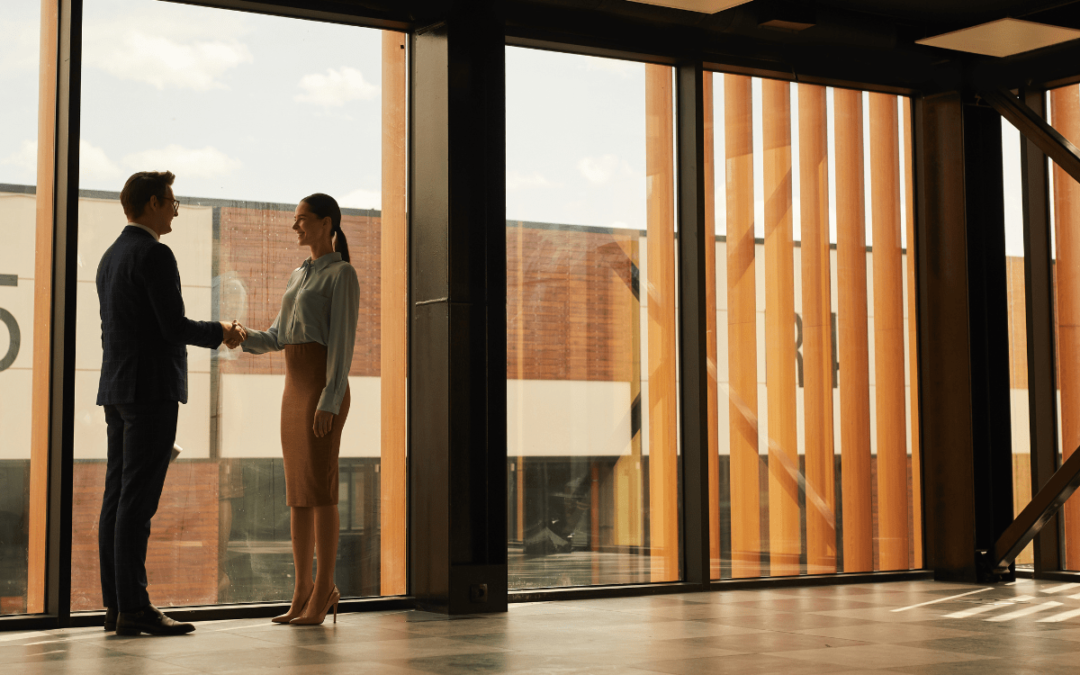As attitudes toward land use shift in Metro Vancouver and major centres across Canada, mixed-use industrial projects are becoming key players in economic growth and the future of development.
These projects bring together a wide range of business types within industrial parks, sparking more opportunities for collaboration and innovation. This can lead to the creation of more jobs, increased investment opportunities and an overall boost to the local economy.
Mixed-use businesses create many benefits
One of the benefits of mixed-use projects is the impact on employee well-being and productivity. This means taking the time to consider how land use can benefit the bottom line while also improving the daily experiences of staff. A few examples of supportive mixed-use businesses that boost a worker’s quality of life are gym facilities, childcare support and healthcare services. They support existing employees while attracting new talent who may be balancing professional and family life.
Self-storage is another use increasingly being seen in industrial parks, catering to the shared need for personal and business storage.
Another notable opportunity tied to mixed-use projects is the ability of professional services companies, particularly those centred on the industrial asset class, to locate themselves near the businesses they serve. This can work to streamline projects and encourage collaborative problem-solving.
For example, with Link 200 in Langley, British Columbia, we supported preconstruction services to successfully understand the feasibility of adding a third storey of office space to an industrial building. This space was very well received by the market, indicating the strong demand that this type of project has. Had we been able to reduce parking requirements further and add even more office space, it would have been quickly absorbed.
Expansion opportunities for multi-use spaces across Canada
Across Canada, industrial availability climbed to 5.1 per cent in the first quarter of this year, according to data from Altus Group. This allows for more leasing opportunities in tight markets such as Metro Vancouver, where data from Avison Young shows a 2.1 per cent industrial vacancy for the first quarter of 2024, up from 0.3 per cent in the second quarter of 2022.
Availability like this opens the door for businesses to consider relocating or expanding their operations into multi-use spaces.
Offsetting land and construction expenses
Mixed-use industrial projects also offer the potential for upside in project profitability. When looking at it from a design-build approach, where the overall development health is considered from start to finish, projects stand to benefit from additional density wherever possible. With the cost of land in Metro Vancouver at an all-time high and construction expenses having surged over the past five years, finding ways to offset these costs is crucial.
Whether it’s adding daycare, a level of self-storage that can be accommodated by the base building or an additional commercial component, these elements can generate future operating income that can support the cost of development a project incurs today.
Maximizing available space multi-functionally
Further benefits from mixed-use development can be seen in the Metro Vancouver / Fraser Valley Industrial Parking Study by industry organization NAIOP, showing that both regions have an oversupply of parking by roughly 50 per cent.
By adding additional uses and increasing the allowable maximum density within an industrial complex, developers can accommodate parking for mixed-use and industrial components. This approach shows how we can thoughtfully maximize the use of available space, creating multi-functional developments that better utilize our built environment.
The push toward building density
The push toward building density has been a major goal for cities across the country. While we’ve noticed this trend in Metro Vancouver, the same can be said for the GTA and Montreal.
Achieving this density is already being seen locally with the move towards transit-oriented development. In the same way that this new zoning policy is encouraging more multi-family development around transit nodes, local governments are adapting their Official Community Plans (OCPs) to better accommodate industrial zoning — although the pace and consistency of these changes vary across the region.
Mixed-use industrial development also brings to mind the image of stacked industrial:

Photo: Orion Construction
While this type of project has the potential to maximize land use, there are a lot of complexities and challenges surrounding the reality of these projects being normalized.
Poor soil conditions, land value and the cost of construction are increasingly restrictive. This will be further highlighted with the upcoming B.C. Building Code changes in 2025.
Going forward, mixed-use industrial developments represent a new chapter for this asset class, a forward-thinking approach to land use practices and the opportunity to reconceptualize the transitional industrial park.

Cameron Archer is the Director of Sales & Marketing at Orion Construction. Since joining Orion in 2022, Cameron has played a pivotal role in the growth of the business and service offerings. He spearheaded the development of the Tenant Improvement division at Orion, all while leading marketing efforts, educating and building client relationships, driving sales and projects, and supporting HR with processes for onboarding new team members. With Cameron’s skills and experience, Orion was ranked number one in the 2022 Globe and Mail’s Top Growing Companies list and Business in Vancouver’s Biggest Construction Companies in BC.















